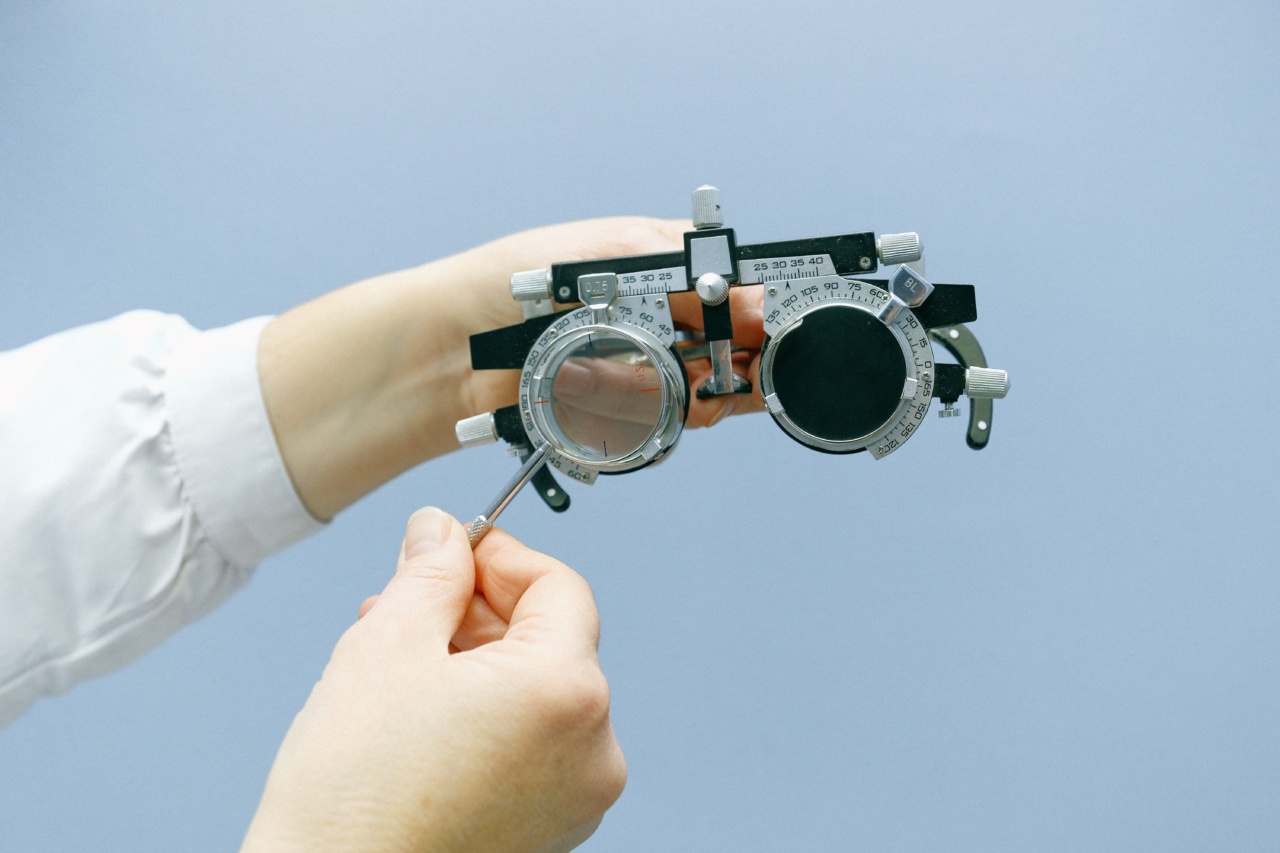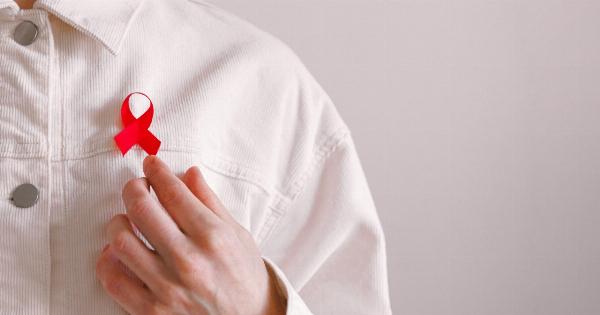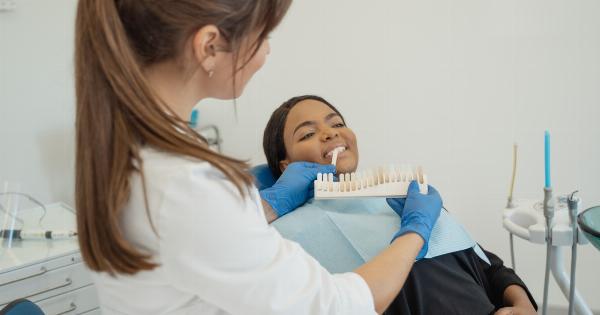Eye barley, also known as hordeolum, is a common eye infection that affects the small gland at the base of your eyelash. It often appears as a small, red, and painful bump on the edge of your eyelid, similar to a pimple or a boil.
It can occur on both upper and lower eyelids and can affect one or both eyes simultaneously.
What Causes Eye Barley?
Eye barley is mostly caused by a bacterial infection from Staphylococcus aureus, which typically lives harmlessly on your skin but can enter hair follicles or oil glands around your eye, causing an infection.
Other factors that can increase your risk of developing eye barley include:.
- Poor hygiene, such as touching or rubbing your eyes with dirty hands
- Sharing makeup or towels with someone who has an eye barley or other eye infection
- Hormonal changes, such as during puberty or menstruation
- Certain medical conditions, such as diabetes or blepharitis (inflammation of the eyelid)
Symptoms of Eye Barley
The symptoms of eye barley may vary depending on the severity and location of the infection. Common symptoms may include:.
- A small and painful bump on the edge of the eyelid
- Redness and swelling around the affected eyelid
- Watering eyes and discharge from the affected gland
- Sensitivity to light and blurred vision
- Fever, headache, and fatigue in severe cases
Do You Need Medical Attention for Eye Barley?
In most cases, eye barley can go away on its own within a few days or weeks without any medical treatment. However, if you experience persistent or severe symptoms, you may need to seek medical attention from an eye doctor or healthcare professional.
They may recommend the following treatments:.
Home Remedies for Eye Barley
You can also try some home remedies to reduce your symptoms and prevent complications of eye barley, such as spreading the infection to other parts of your face or eyes. Some common home remedies for eye barley include:.
- Applying warm compresses to the affected eyelid for 5-10 minutes, several times a day
- Gently washing the affected eye with a mild soap or baby shampoo and warm water
- Avoiding makeup and contact lenses until the infection clears up
- Avoiding touching or rubbing your eyes with dirty hands or fingers
- Taking pain relievers, such as ibuprofen or acetaminophen, for pain and fever
When to See a Doctor
You should see a doctor or healthcare professional if you experience any of the following symptoms:.
- Severe or persistent eye pain
- Problems with your vision or eye movement
- Swelling or redness around your eye that spreads to your cheek or forehead
- A fever of 101 °F or higher
- Recurrent eye barleys or other eye infections
Medical Treatments for Eye Barley
If you seek medical attention for eye barley, your doctor may recommend the following treatments:.
- Prescription antibiotic eye drops or ointments to treat the underlying bacterial infection
- Surgical drainage of the affected gland for severe or recurrent cases
- Prescription corticosteroids to reduce inflammation and promote healing in severe cases
- Oral antibiotics to treat complications or systemic infections due to eye barley
Complications of Eye Barley
Although eye barley is usually not a serious condition and can be treated without complications, it can lead to certain problems if left untreated or poorly managed. Some possible complications of eye barley include:.
- Chalazion: A larger, painless, and chronic bump that forms when the gland in your eyelid becomes clogged and inflamed
- Preseptal cellulitis: A serious infection of the eyelid and surrounding tissues that can spread to the eye socket and cause vision loss or systemic infections
- Cavernous sinus thrombosis: A rare but life-threatening condition that occurs when a blood clot forms in the cavernous sinus, a large vein at the base of your brain, due to an untreated or severe bacterial infection in the eye or face
Prevention of Eye Barley
You can prevent eye barley and other eye infections by following these tips:.




























